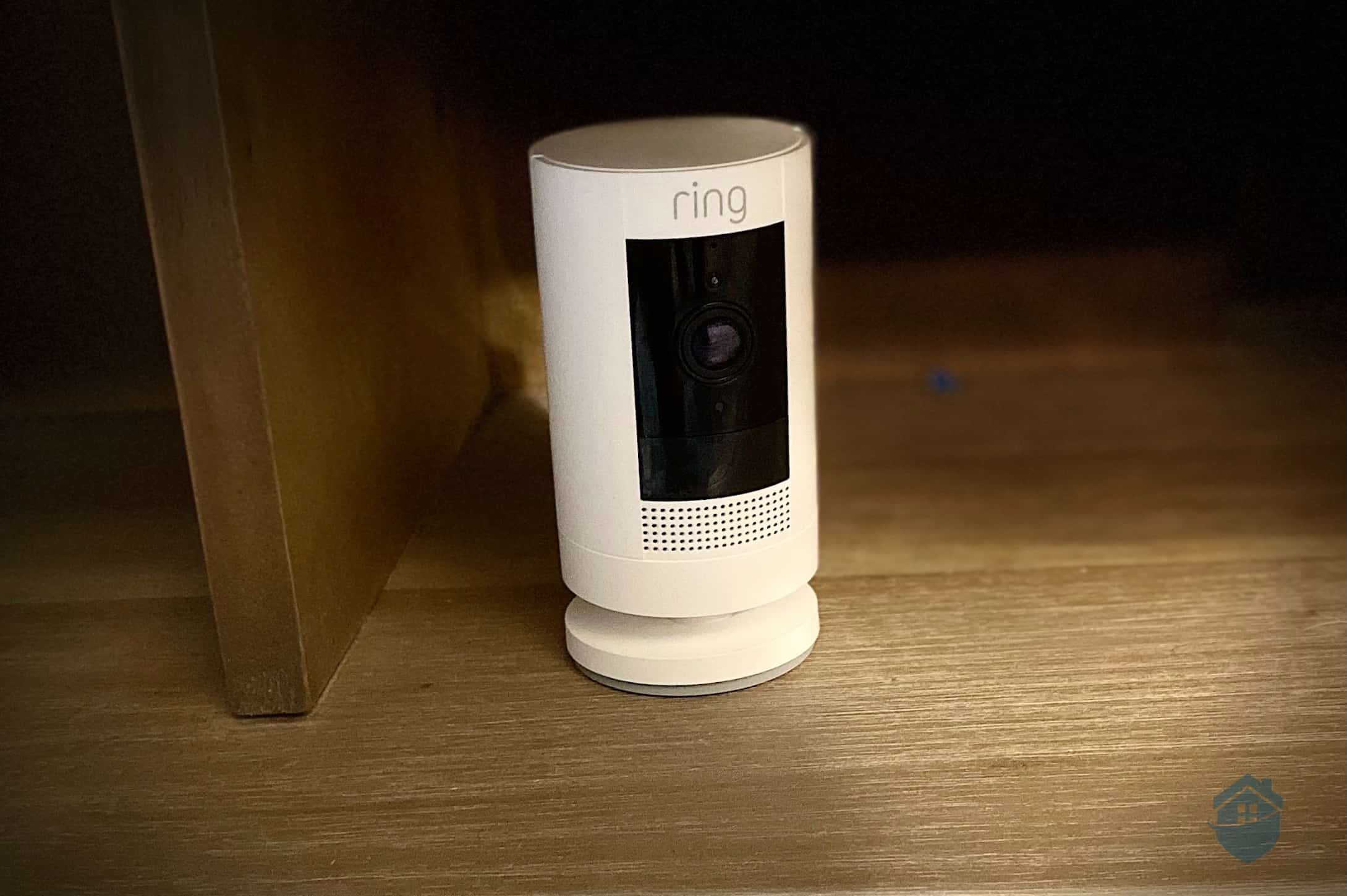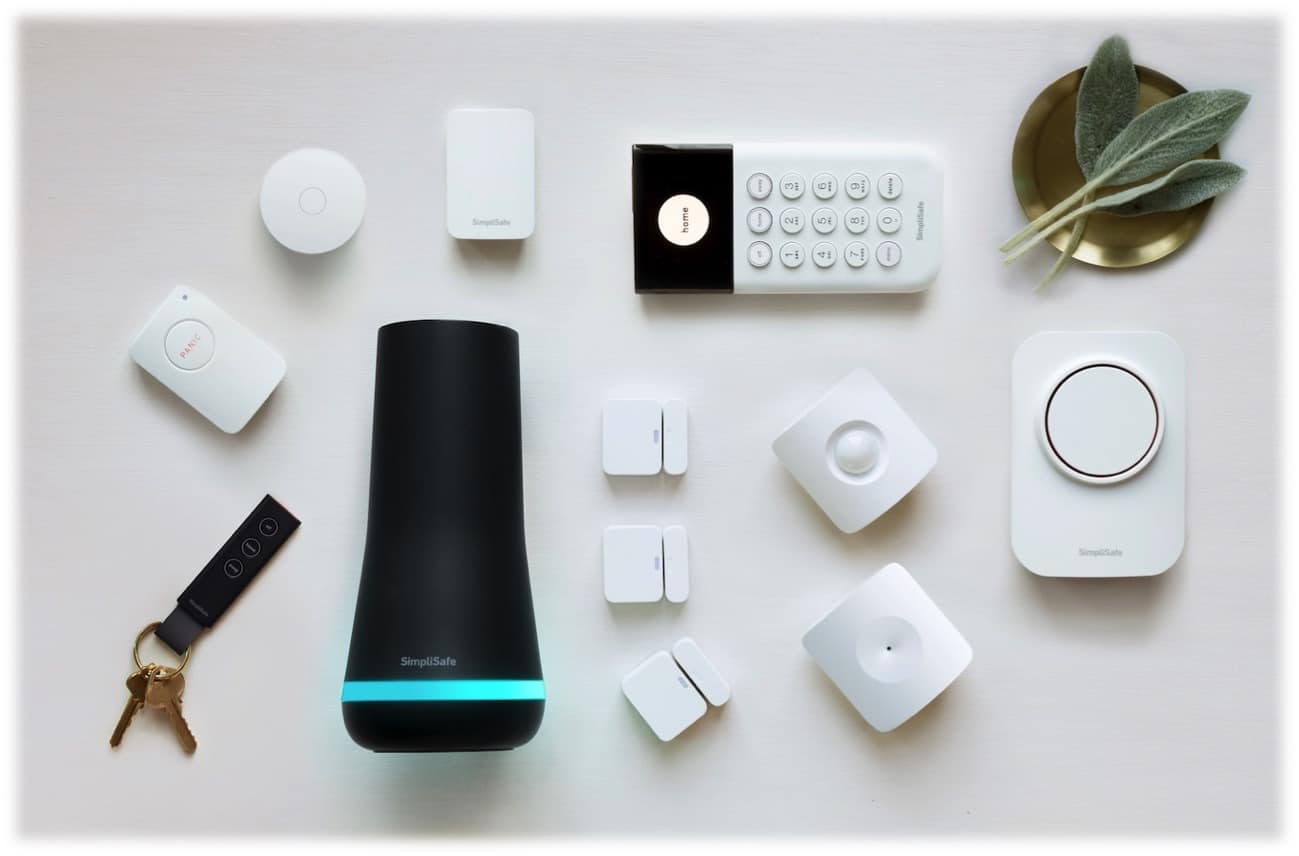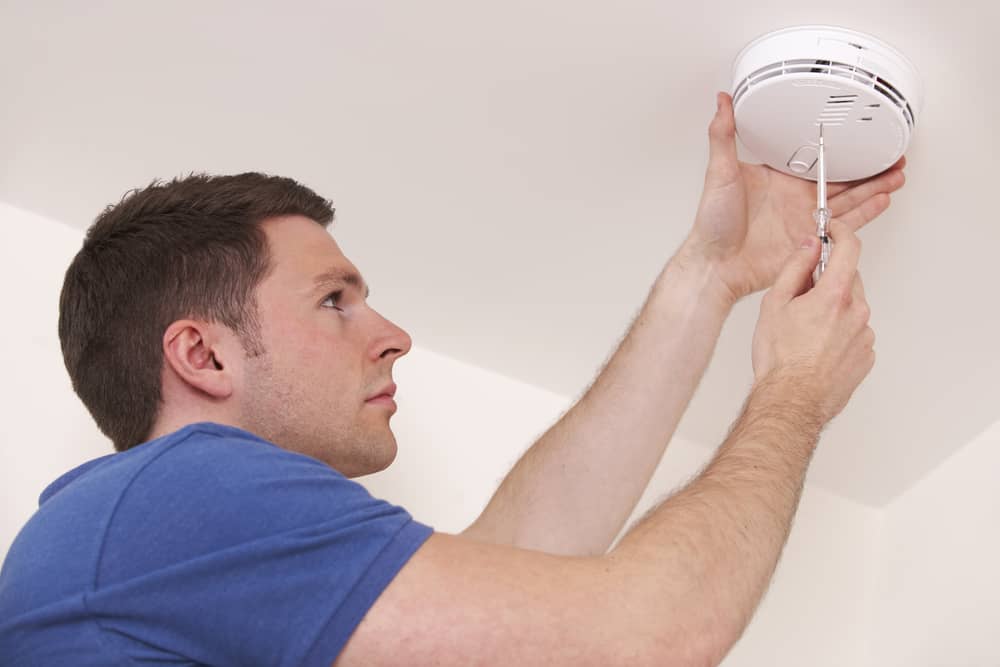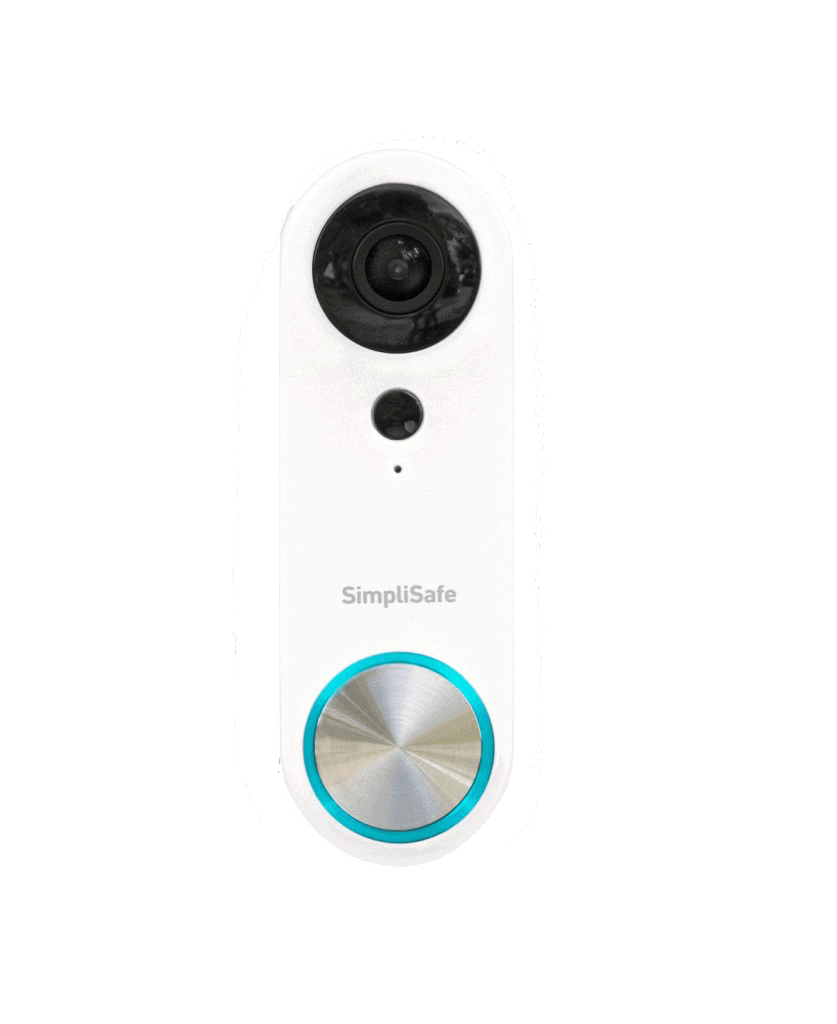Remember the Clapper? In the 1980s, the idea that we could switch the lights off by clapping our hands was fascinating1. Home automation has come a long way since then. Today, we can use an app to turn the lights on, ask Alexa to dim them down, and schedule every bulb to switch off at bedtime. A lot of that is thanks to the smart switch.
Did You Know? The Clapper is still around. You can buy “the original home automation” for $21.99.
You would think that a technology with that many capabilities would be complicated to install. You would be wrong. Smart switches are about as difficult to install as a traditional switch – which is to say, not very difficult. Here’s what you need to know.
>> Read More: Best DIY home security systems of 2023.
4 Questions to Answer Before You Start Installing a Smart Switch
The hardest part of installing a light switch isn’t wiring – it’s buying. Don’t order the first five-star smart switch you find; it might not work for your home. You need to answer these questions first.
1. How Is Your Switch Wired?
Your light switch is most likely single-pole or three-way. A single-pole is your garden variety light switch. Do you flip your bedroom ceiling light on or off with one switch? It’s a single-pole.
Three-way switches let you control one light from two locations. Do you have a long hallway? You might have a three-way switch at each end controlling the light fixture in the middle. If you need a three-way switch, make sure that’s what you’ve bought.
2. Do You Have a Neutral Wire?
Look for a bundle of white wires. Unless a mad electrician pulled a malicious prank, that’s the neutral wire. Most smart switches require it for installation.
FYI: Starting in 2011, the National Electrical Code required homes to have a neutral wire in almost every switch box.2
Don’t see one? You might live in an old house with old switch boxes – and without neutral wires. Look for a “no neutral” smart switch.
3. What Is Your Smart Home System?
Here’s a nightmare scenario for you. You buy your smart switch, install it, and add it to your network – but when you try to integrate it with your Google Home security system? Nothing happens. Ever. Because it’s built to integrate with Ring home automation instead.
Don’t get excited about integrating your smart switch with your favorite smart home security system before checking that they’re actually compatible. The good news is that ADT home automation integrations are extensive; Vivint home automation compatibility is almost as good. But not every smart home provider can say the same.
Look for a “works with Alexa,” “works with Google Home,” “works with Apple Home,” or “works with Samsung HomeKit” badge before you buy.
FYI: The major smart home players have come together to back Matter3, a new smart home standard that lets devices communicate across platforms. Here’s the catch: It came out in 2022 and most devices aren’t ready yet. Don’t count on seamless interoperability just yet.
4. Do You Have Smart Bulbs?
A smart switch and a smart bulb sound like a perfect match, but they’re often incompatible. You can’t control Hue lightbulbs with a Leviton Decora switch, for example (not without some flickering, anyway). Does that mean that smart bulbs and smart switches don’t mix? Not necessarily. You can control your Hue lightbulbs with any smart switch labeled “Friends of Hue.4”
FYI: Compatibility isn’t the only reason you might not opt for smart bulbs. Researchers have found that they can be used as an entry point to hack your network, which is why they made it on our list of smart home dangers.
If you plan on controlling your smart bulbs with a smart switch, make sure they work together first.
What Tools Do You Need to Install Your Smart Switch?
Do you own a basic toolbox? You probably have everything you need to install a smart switch. Here’s a list, just in case.
- Screwdriver. You’ll need one of these bad boys to unscrew your old light switch and screw on your new one. Unless you’d prefer to use a…
- Drill (optional). That way, you can fast forward through the unscrewing step.
- Wire cutter. Spoiler alert: You will be cutting some wires.
- Wire stripper. This tool makes it easy peasy to remove the insulation from the metal.
- Wire nuts. These little caps will keep your wiring tidy. They probably came with your smart switch – read the fine print on the back of the package to make sure.
- Pliers. A pair of electrician’s pliers will let you manipulate wires without getting poked.
- Voltage tester (optional). When it comes to electrical work, there’s no such thing as “too safe.” You can double-check for live wires with a voltage testing pen.
How to Install Your Smart Switch
Have you peeked at your old switch? Got your hands on a smart switch? Gathered your tools? Sounds like you’re ready for installation.
Note: these instructions apply to single-pole smart switches. For three-way switch installation, you’re better off attending YouTube university – or hiring a licensed electrician.
Read More: Smart switches aren’t the only thing we can help with. Read our guide on how to install security cameras.
1. Shut Off Power
Before you start any home improvement project that involves wiring, you need to shut off the electricity. This is a simple but unskippable step. Electrocution kills.
Set the circuit breaker that powers your light switch to the “off” position. Not sure which is which? Start flipping breakers while the light is still on. When you’re plunged into darkness, you’ll know you’ve flipped the right breaker. Still, you can’t be too careful. Flip the switch on and off to double-check.
Pro Tip: Assume wires are live until proven otherwise. You can – and should – use a voltage pen to make sure they’re not connected to power.
2. Remove Your Old Switch
Once you’re 100% sure that you won’t get zapped, it’s time to break out the screwdriver. Unscrew the face plate (that is, the panel that houses the switch), then the switch itself. Detach the switch from the wires.
3. Install Your New Switch
Your switch box will contain a switch leg, hot wire (usually black), and ground wire (green or bare). If necessary, straighten and strip them until they end in a half-inch length of neat, exposed copper.
Take a closer look at your new smart switch. You should see a wire that corresponds with each wire in the switch box. Twist the exposed metal of each matching wire together. (Attach the switch box’s black live wire to the new switch’s black live wire, for example.) Top them off with wire caps.
Congratulations! You’re done playing electrician. Stuff the wires into the switch box, place the new face plate over the switch, and screw or snap it on.
4. Connect
Without some kind of network connection, your smart device is a dumb device. That’s true of smart locks, smart home security cameras, and, of course, smart switches. You can turn the lights on and off with a flick of the switch (or a press of the button) but you can’t do anything else.
Let’s say you’ve installed a Wi-Fi smart switch. To activate it, you’ll need to download the brand’s app. Open it and add your new device.
Depending on your smart home configuration, that may be the only thing you need to do to integrate your new device. But double-check in the Alexa, Google Home, or Apple Home app. If necessary, add the smart switch there, too.
5. Turn On the Lights
Your smart switch is up, running, and connected – or is it? Test it out.
- Turn your light on and off in the app
- Tell your smart home assistant to dim the lights
- Schedule the switch to turn off in five minutes
Troubleshooting
Unfortunately, life isn’t fair. Your smart switch may not work, despite your best efforts. Here are a few common problems – and fixes.
- If the light doesn’t function at all immediately after installation, I have bad news: You need to start over. There’s a good chance you flubbed the wiring.
- Flickering lights can be caused by incompatible bulbs. Did you try to connect a smart switch to a smart bulb? You may have to give up one or the other. If, on the other hand, you are experiencing flickering with regular old LEDs, it may simply be time to change the lightbulb.
- Poor connectivity is a common issue with Wi-Fi smart switches. If your router is 20 feet and six walls away, your switch might not receive your commands. Move your router or buy an extender.
Should You Hire an Electrician to Install a Smart Switch?
Installing a smart switch is about as simple as electrical work gets, but it’s still electrical work. You can always hire a local electrician to do it for you. If this guide has left you feeling more terrified than empowered, go ahead and give them a call.
The Takeaway
Installing a smart switch is almost as simple as installing a traditional switch. The biggest added complication is compatibility.
You don’t have to think about whether your regular light switch works with your smart home. You do need to take a good, hard look at your existing setup before you order a smart switch. Don’t buy a $50 smart switch for your Hue lightbulb without checking that it’s actually compatible.
One last word of advice: Once you’ve installed your smart switch, use it. I mean, really use it. Don’t settle for turning your lights on from bed. Schedule your bedroom lights to turn on when you wake up.
>> Read More: Can Smart Lights Deter Burglars?





